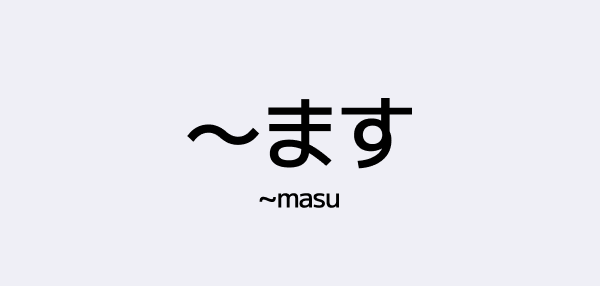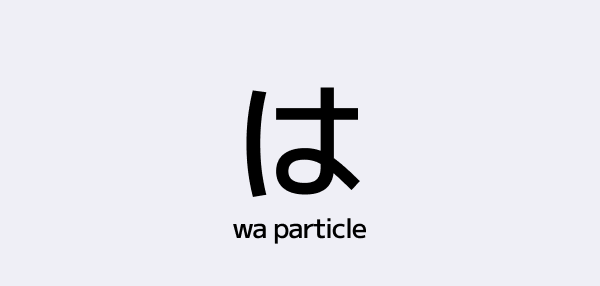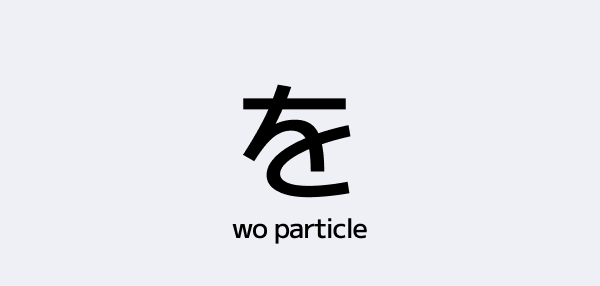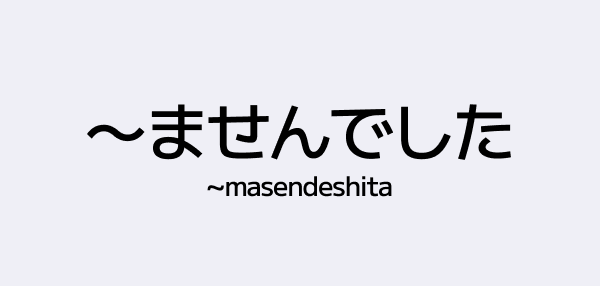~ます (Masu) in Japanese Grammar

If you're learning Japanese, you’ve probably seen verbs ending in ~ます(masu) everywhere. It’s polite, it’s essential, and it shows up in nearly every sentence you'll use with strangers, coworkers, or even at the konbini.
So what exactly is ~ます, and how do you actually use it?
Let’s break it down—with real examples, easy practice, and clear answers to the most common learner questions (like: "What's the difference betweenですandます?").
What Is ~ます(masu)?
「~ます」is the polite verb ending in Japanese. It turns a dictionary-form verb (like たべる / taberu) into something more respectful and neutral:
- たべる → たべます (tabemasu) = “I eat” / “I will eat” (polite)
In conversation, this is the go-to form when:
- You’re talking to someone you don’t know well
- You’re in a formal or business situation
- You just want to sound respectful or kind
🗣 Think of it like saying “I will eat” instead of just “eat” in English.
🔁 How to Conjugate Verbs into ~ますForm
Japanese verbs are grouped into 3 types, and each changes to ~ますa bit differently:
1. Group 1 (Godan verbs)
Most verbs fall into this category.
- のむ (nomu) → のみます (nomimasu)
- いく (iku) → いきます (ikimasu)
- よむ (yomu) → よみます (yomimasu)
➡ Rule: Drop the finalう-sound, replace withい-sound +ます
2. Group 2 (Ichidan verbs)
These usually end in ~る with an e or i sound before it.
- たべる (taberu) → たべます (tabemasu)
- みる (miru) → みます (mimasu)
➡ Rule: Just drop ~るand addます
3. Group 3 (Irregular verbs)
Only two verbs here!
- する → します (shimasu)
- くる → きます (kimasu)
Memorize these as exceptions.
🧠 Common Mistake:ますvs.です
New learners often ask: “What’s the difference betweenますandです?”
✅ Use ます for actions ✅ Use です for describing things or identifying them
Examples:
- パンをたべます。 Pan wo tabemasu. → I eat bread.
- パンはおいしいです。 Pan wa oishii desu. → The bread is delicious.
📝 Real-Life Examples with ~ます
Here are common, useful phrases using ~ます:
1. にほんごをべんきょうします。
Nihongo wo benkyou shimasu. → I study Japanese.
2. コーヒーをのみます。
Koohii wo nomimasu. → I drink coffee.
3. ともだちとあそびます。
Tomodachi to asobimasu. → I hang out with friends.
4. テレビをみます。
Terebi wo mimasu. → I watch TV.
5. まいにち、はやくおきます。
Mainichi, hayaku okimasu. → I wake up early every day.
⭐ Key Points to Remember
- 「~ます」is used to make verbs polite—perfect for most conversations in Japan.
- Use it for actions, whileですis used for descriptions or identity.
- Learn the basic conjugation rules by verb group, but focus on practical use and exposure.
🔍 Bonus: Common Questions
❓ Can I use ~ますwith adjectives?
No—adjectives don’t takeます. Useですinstead:
- たかいです(Takai desu) = It’s expensive
❓ What’s the casual version of ~ます?
Just use the dictionary form:
- のみます(polite) →のむ(casual) Use this with friends or in casual writing.
🎯 Final Thoughts
Mastering the ~ます form is one of the first big steps to speaking natural Japanese. It’s not hard, but it does take practice.
Use it whenever you meet new people, talk to shop staff, or want to sound polite in writing. As you get comfortable, you’ll start switching between polite and casual speech like a pro.
Related Grammar
 F Rank
F RankThe は (Wa) Particle
Learn how to use the Japanese particle は (wa) with clear explanations, examples, and common mistakes to avoid. Master は vs. が, sentence structure, and emphasis!
 F Rank
F RankThe の (No) Particle
The particle 「の」 connects and clarifies—linking nouns, showing possession, and even turning verbs into concepts. From “my pen” to “eating is fun,” this guide covers all the key uses.
 F Rank
F RankThe を (Wo) Particle
Everything you need to know about the Japanese particle を—when to use it, how it works, and what mistakes to avoid.
 F Rank
F Rank~ませんでした (Polite Past Negative Form)
